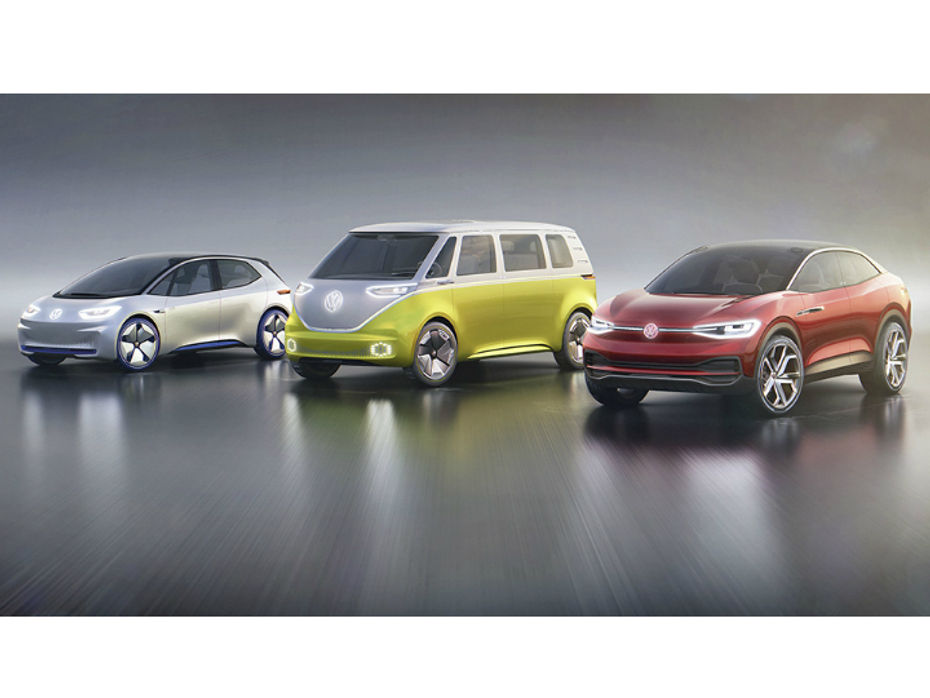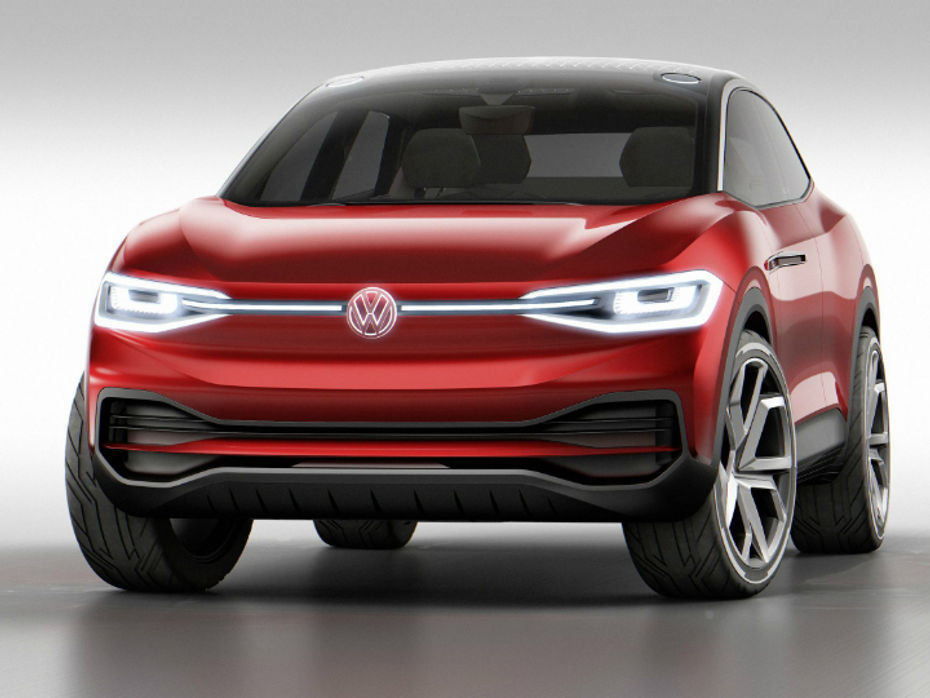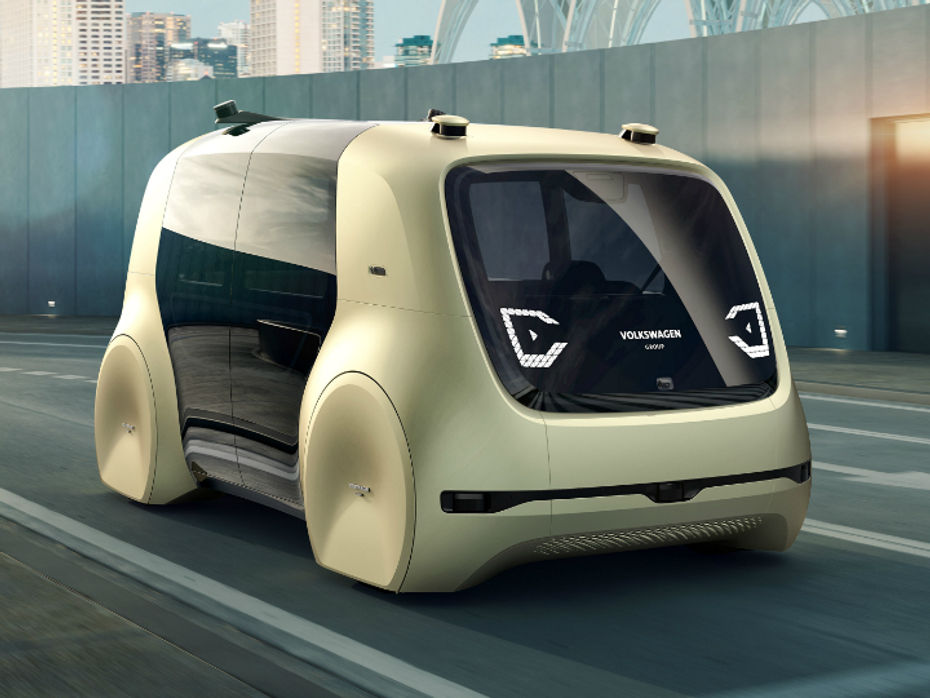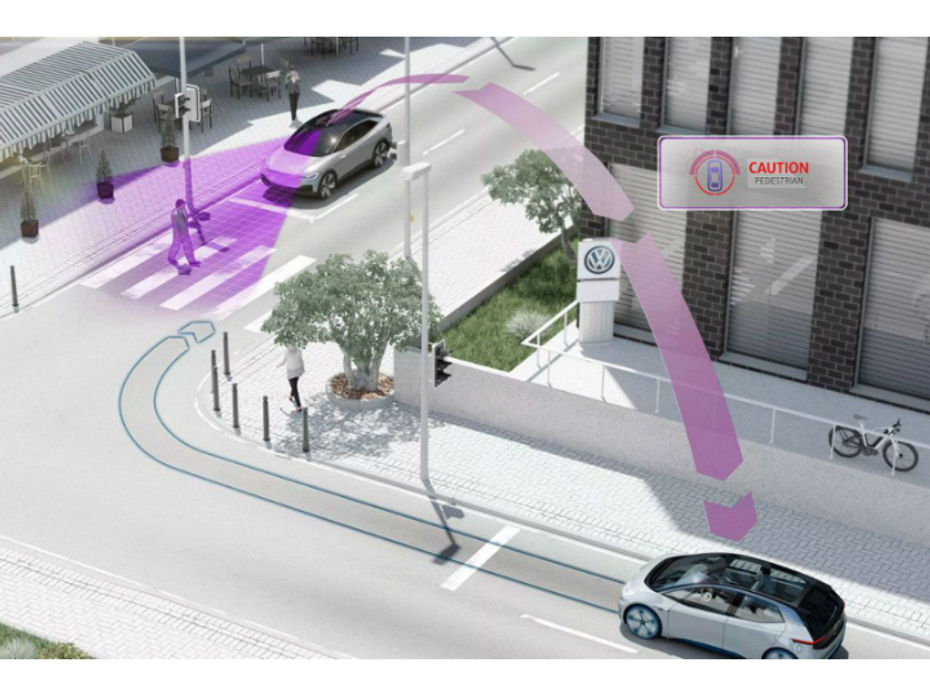
Volkswagen’s Kylaq-equivalent Subcompact SUV Christened...
- Nov 5, 2024
- Views : 3809


In June 2016, Volkswagen, the biggest automotive group in the world announced ‘TOGETHER- Strategy 2025’ which was a way to tell the world that e-mobility was what the German giant was now focusing on. At the IAA 2017 in Frankfurt, VW announced the launch of the next stage in its e-mobility initiative called Roadmap-E. The new Roadmap-E programme is designed to give an added boost to the production planning and accelerate the electrification of vehicles in the company’s massive product portfolio. The new programme is divided into three essential parts - the vehicle targets, Capex increase, and battery strategy.
Vehicle targets

Put simply, Volkswagen AG has committed to bringing 80 new vehicles to its customers by the year 2025. VW has also promised that all of these vehicles will be powered by alternate fuels; 50 of the 80 vehicles will be fully electric while the remaining 30 will be plug-in hybrids. In addition, Volkswagen has also committed that its entire product lineup of about 300 models across all brands and markets —probably including India— will have at least one electric variant for each model by the year 2030.
Capex Increase

Volkswagen has pledged to designate an amount of 20 billion Euros for direct investments till 2030. This investment will be used to develop new vehicles on two entirely new electric platforms, upgrading the company’s existing plants and help train its workforce for electrification. The amount will also be used towards developing charging infrastructure and new battery technologies.
Volkswagen will require 150-gigawatt hours of li-ion battery capacity to ensure its fleets’ demands are met which brings us to the final point.
Battery Strategy

To meet its battery requirement in 2030, Volkswagen AG has already mobilised a procurement project worth 50 billion Euros. It is the largest procurement project in the history of the automotive industry. And, according to VW, this huge investment is for the first wave of e-vehicles only. The markets likely to benefit most from this investment are China, Europe and North America as the first wave of alternate fuel vehicles will most likely arrive in these markets before anywhere else.
The company has also consolidated its group-wide battery development, procurement and quality assurance departments under one roof called the Centre of Excellence in Salzgitter. The facility will also house the first in-house battery production line. In addition, the facility will also look at developing the next generation of solid state batteries. However, this technology will be developed in collaboration with the company’s partners in a bid to keep the technology viable.
With the new Roadmap-E, VW aims to bring the premium electric car market to the masses and help the electric car escape the niche tag. It will take close to a decade for us to see any tangible results. And it’s hard to say if these technologies or cars will make their way to India unless the government makes some radical changes in its vehicle policies, which, as of today, are quite counterproductive towards alternate fuel-powered cars.
Recommended Read:

Volkswagen’s Kylaq-equivalent Subcompact SUV Christened...

Mahindra BE 6e and XEV 9e: Unleashing An Electric Revolution

2024 Toyota Camry Launched In India At Rs 48 Lakh; Now...

Skoda Kylaq Breaks Cover With Prices Starting From Rs 7.89 Lakh!

The New Maruti Dzire 2024 Has Been Launched In All Its Glory! Priced...

Mahindra BE 6e Launched At Rs 18.9 Lakh, Gets Modern Styling, Premium...

Skoda Kylaq: Here’s What You Get With Each Of Its 4 Variants

Mahindra’s Top 5 Big Claims About BE 6e & XEV 9e

Things New Honda Amaze Needs To Take On 2024 Maruti Suzuki Dzire

Kia Syros Unveiled Globally As The Most Premium Sub-4m SUV In India
India's largest automotive community
 Toyota Camry
Rs. 48.00 Lakh
Toyota Camry
Rs. 48.00 Lakh
 Honda Amaze
Rs. 7.99 Lakh
Honda Amaze
Rs. 7.99 Lakh
 Audi Q7
Rs. 88.66 Lakh
Audi Q7
Rs. 88.66 Lakh
 Mahindra XEV 9e
Rs. 21.90 Lakh
Mahindra XEV 9e
Rs. 21.90 Lakh
 Mahindra BE 6
Rs. 18.90 Lakh
Mahindra BE 6
Rs. 18.90 Lakh